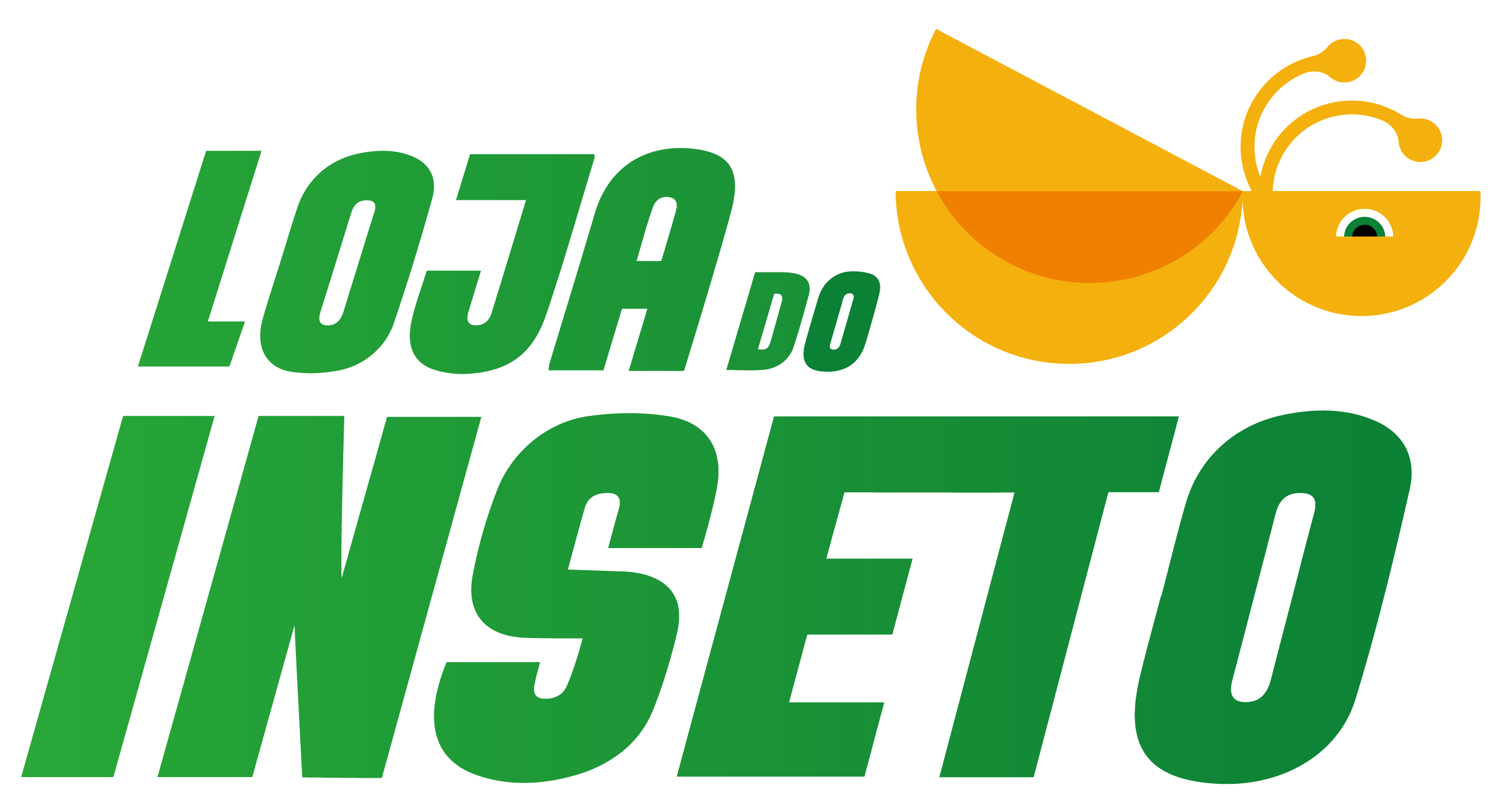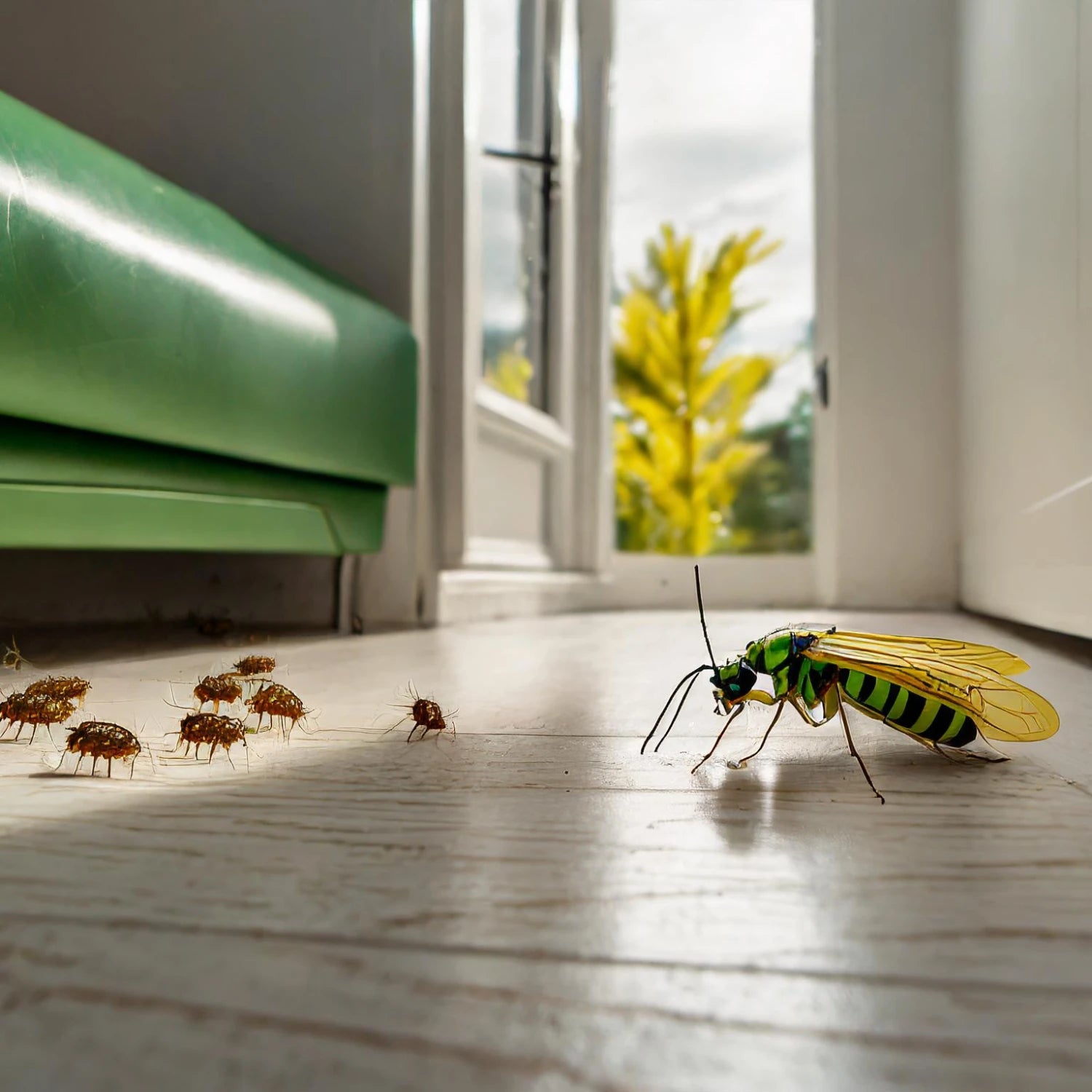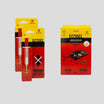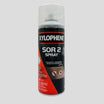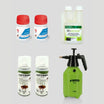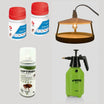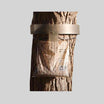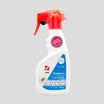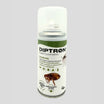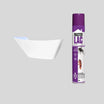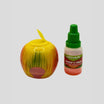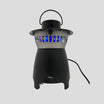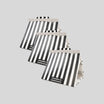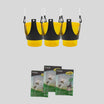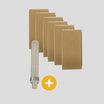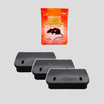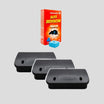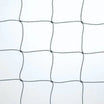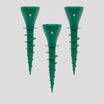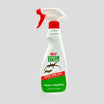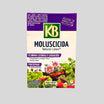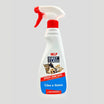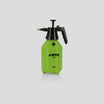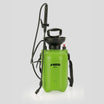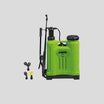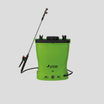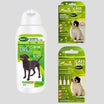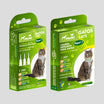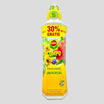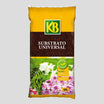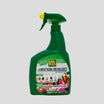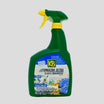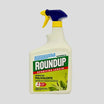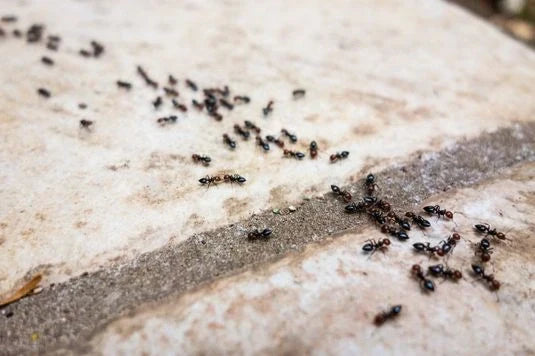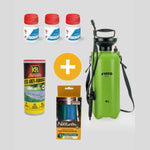What is the life cycle of ants?
Like many insects we know, the life cycle of ants goes through a metamorphosis that goes from egg to adult. This metamorphosis of ants lasts from 6 to 10 weeks and has four phases: egg, larva, chrysalis (or pupa) and adult. Ants are social insects and are organised into colonies. In ant colonies there are several queens, responsible for the reproduction and expansion of the colony, and worker ants, responsible for food. But that's not all. Each ant has a specific task. Finding food is one of them, but there are others such as ensuring the safety of the colony, creating tunnels to the outside and caring for the larvae. The way in which these functions are delegated depends on the age of each ant. The younger ants are the caretakers of the queen and the colony and the older ones are responsible for the riskier tasks: searching for food outside. Ants communicate through pheromones, leaving a trail for those that come after. And what about when they feel attacked? Well, in this case most ants sting and release formic acid to defend themselves from the enemy, but the consequences of the sting vary depending on the species of ant.
What types of ants are there?
Currently, there are around 18 thousand species of ants registered in various regions of the world. In Portugal, there are at least 163 species, but not all of them are pests. When we talk about ant pests, these are the most common in Portugal.
➡️ Black ant:
Measuring between 3 and 5 millimeters in length, black ants are found everywhere, especially where sweet foods, proteins and fats are available. They are considered omnivores, as they feed on both animal and plant products. In most cases, these anthills are found in gardens, but they can also be found inside homes, in damp and dark places.
➡️ Pharaoh Ant
The pharaoh ant (known as the sugar ant) is brown, sometimes slightly yellowish, and is about 2 millimeters long. Unlike the black ant, this species prefers to build its nest indoors rather than outdoors, and is commonly found near windows, in electronic equipment or on the underside of household appliances. This proximity to humans, combined with its rapid reproduction, makes this type of ant one of the most harmful to our health. We often find this pest in hospitals, nursing homes, apartments, hotels and supermarkets.
➡️ Argentine Ant
The Argentine ant's color ranges from light to dark brown and can reach 6 millimeters in length. This species of ant usually seeks water and sweet foods, and is often confused with the pharaoh ant. Argentine ant colonies have several queens, which makes them very difficult to exterminate without the appropriate products.
What attracts ants?
Where there is food, there are bound to be ants. Ants search for food through their olfactory receptors, which means they are mainly found in the kitchen or garden. They are attracted to sugars and meats, but also to flowers and leaves, which makes this a very common pest and difficult to avoid. Ant infestations are most evident in the summer and, despite being seemingly harmless, these little creatures are capable of destroying agricultural production and contaminating food with microbes, fungi, germs or bacteria.
How to deal with ant infestation in your home and garden?
The first step in starting an ant disinfection is to find the source of the problem. Ant colonies can be found on all types of surfaces. Find the ant trail, but don't eliminate it: follow it. Eliminating the trail will not solve the problem with the colony and the ants will return.
🏡 Keep ants away from your home:
Eliminate ants in your home by using traps and baits in common places such as carpets (between the carpet and the floor), electrical outlets, window cracks and all damp areas of the house. It is possible that there is more than one colony and we can often find the small holes that make up the entrance and exit of the anthill.
🪴 Keep ants away from the garden:
The process is similar, but identifying an ant infestation outdoors can be more difficult. Look for ant trails near your pots or plants and follow them to find out where they’re coming from. If you have a watering hole in your garden, ants will likely choose that spot for their colony. Outdoors, ants often appear at night.
Once you have identified the source of the pest, the next step is to disinfect it using insecticides . There are several pest control companies that you can contact, but there are also ways to deal with the problem yourself. With the right products, you can prevent the appearance of this pest or eliminate it if it is already too late for prevention. Find out the best solution for ant disinfection here.
